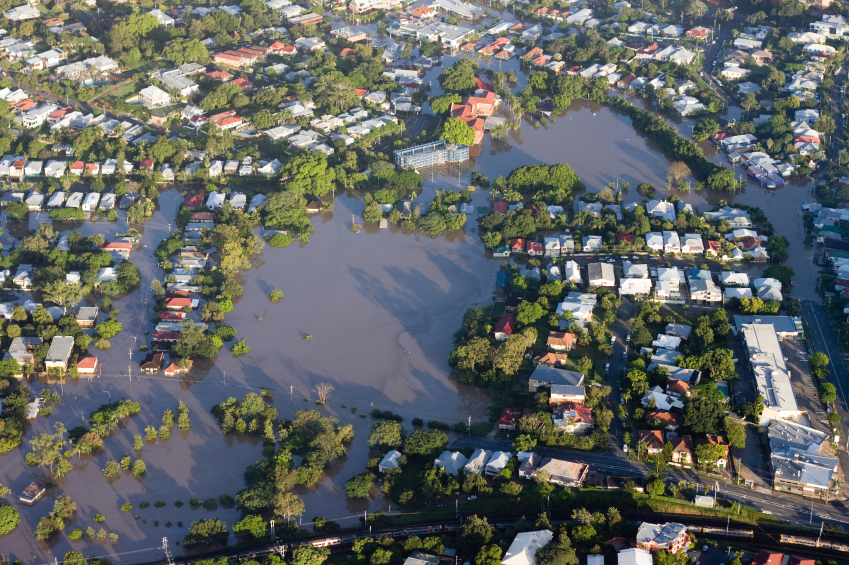Various government and non-profit organizations are coming together to encourage individuals to get prepared during Flood Safety Awareness Week, which runs from March 15 through March 21. A well-thought out flood preparedness plan should also include flood insurance.
“After fire, floods are the most common and most widespread of all natural disasters,” said Idaho Department of Insurance Acting Director, Tom Donovan, in a press release. “Consumers should review their coverage and contact their insurance agent if they need a flood insurance policy.”
Flood insurance, available from the National Flood Insurance Program, can be purchased through an insurance agent or insurance company. Flood policies generally have a 30-day waiting period from the time of purchase until coverage begins.
This week-long campaign provides an opportunity for emergency management experts to work together in sharing information about the dangers related to flooding, how to prepare for flood events and ways to prevent future flood damage.
“Flooding is the nation’s number one natural disaster and it can happen in any or our regional states,” said FEMA Region 6 Administrator Tony Robinson in a press release. “We encourage homeowners, renters and business owners to find out if their home or business is at risk for flood and then take stapes to address that risk.”
Below is advice from FEMA about creating a flood preparedness plan:
Before a Flood:
- Avoid building in a floodplain unless you elevate and reinforce your home
- Elevate the furnace, water heater and electric panel if susceptible to flooding
- Build an emergency kit and make a family communications plan
During a Flood:
- Listen to local officials and monitor your local radio or television for information
- Be aware that flash flooding can occur. If it foes, move immediately to higher ground
- Be aware of streams, drainage channels, canyons and other areas known to flood suddenly
- Do not drive into flooded areas. Two feet of rushing water can carry away most vehicles
After a Flood:
- Avoid floodwaters; water may be contaminated by oil, gasoline, or raw sewage. Water may also be electrically charged from underground or downed power lines
- Be aware of areas where floodwaters have receded. Roads may have weakened
- Return home only when authorities indicate it is safe
Additional flood preparedness resources can be found at floodsafety.noaa.gov, which is a website hosted by the National Oceanic and Atmospheric Administration (NOAA).













